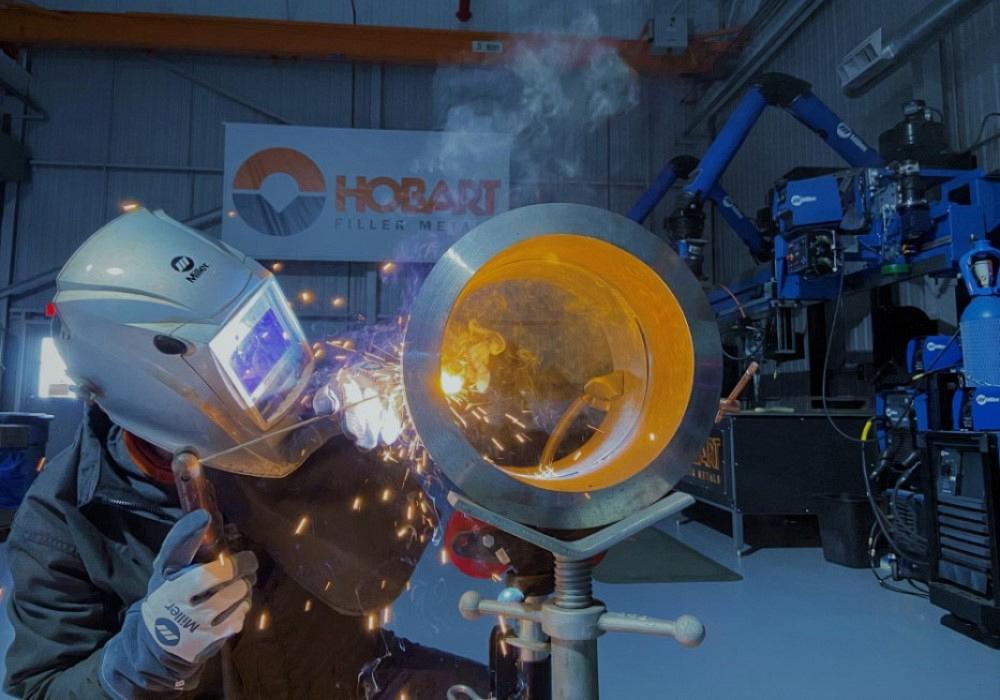Preventing Weld Undercut: Proven Approaches Every Welder Should Know
Preventing Weld Undercut: Proven Approaches Every Welder Should Know
Blog Article
Vital Tips for Welders: Protecting Against Undercut Welding and Ensuring Stronger Weld Joints
In the world of welding, attaining resilient and strong weld joints is the keystone of generating top notch work. One common challenge that welders often run into is undercut welding, which can endanger the stability of the weld joint.

Comprehending Undercut Welding
Undercut welding is an usual welding flaw that occurs when the weld metal falls short to correctly load the groove and results in a groove-like clinical depression along the weld bead. This flaw weakens the weld joint, making it prone to fracturing and failure under stress and anxiety. Undercutting can be brought on by numerous elements, consisting of too much welding current, high welding speed, inappropriate electrode angle, incorrect electrode size, and bad welding strategy.
One of the primary factors for undercut welding is an inequality between the welding present and the welding rate. If the welding current is expensive or the welding rate is as well quickly, the weld metal may not effectively load the groove, causing damaging. Additionally, utilizing an electrode that is as well large can cause a comparable outcome, as the excess metal can not appropriately stream right into the groove.
To stop undercut welding, welders ought to ensure they are utilizing the right welding criteria, keep an ideal electrode angle, choose the appropriate electrode size, and practice proper welding methods. By attending to these aspects, welders can decrease the threat of damaging and develop more powerful, a lot more trusted weld joints.
Correct Welding Strategy
Effective welding technique plays an essential function in guaranteeing the high quality and integrity of weld joints. One fundamental aspect of proper welding technique is maintaining the right angle and distance in between the welding weapon and the work surface.
In addition, a constant and consistent hand movement is important for creating strong and sturdy weld joints. Welders must aim for smooth, consistent movements to make sure even circulation of the weld material. Appropriate adjustment of the welding gun and filler product is also vital to achieving optimum penetration and combination.
Furthermore, regulating the heat input and selecting the suitable welding parameters based upon the material being bonded are important consider attaining high-quality welds - Preventing weld undercut. Welders ought to comply with the advised setups supplied by welding procedure specs and adjust them as needed based on the particular needs of the project. By grasping correct welding techniques, welders can substantially boost the strength and dependability of their weld joints
Picking the Right Electrode
Keeping the correct angle and distance between the welding weapon and the work surface is basic when considering the significance of selecting the ideal electrode in welding applications. The selection of electrode plays a crucial role in identifying the high quality and stamina of the weld joint. Electrodes are available in numerous kinds, each made for details objectives and products.
To start with, picking the ideal electrode size is crucial. Thinner electrodes appropriate for welding slim products, while thicker electrodes are better for thicker materials and higher warmth applications. Matching the electrode size to the density of the workpiece helps achieve a well balanced weld.
Secondly, understanding the product make-up of the electrode is essential. Various electrodes are created for welding certain materials like steel, stainless steel, aluminum, or cast iron. Using the proper electrode product makes sure great combination and reduces the risk of issues in the weld.
Last but not least, thinking about the welding setting and technique is crucial when picking the electrode kind. Certain electrodes are much better matched for upright or above welding settings, while others function well for level or straight positions. Picking the ideal electrode based on the welding strategy enhances the total weld top quality and integrity.
Preparing the Base Steel
To ensure a successful welding procedure, what first steps should be taken when preparing the base metal for welding? Furthermore, any kind of existing weld material or residue from previous welding must be gotten rid of to ensure a clean surface area for the brand-new weld.

Carrying Out Post-Weld Evaluations

After carrying out these evaluations, welders should compare the results versus sector requirements and job requirements to ensure that the weld joint meets all essential standards. Any type of insufficiencies or inconsistencies found during the post-weld inspection needs to be without delay attended to through appropriate rehabilitative procedures to guarantee the weld's integrity. By carefully carrying out post-weld evaluations and without delay attending to any type of concerns, welders can maintain the quality and integrity of their work, ultimately adding to the safety and long life of the welded frameworks.
Final Thought

Finally, avoiding undercut welding and making certain stronger weld joints call for a combination of correct welding method, picking the best electrode, preparing the base steel correctly, and performing post-weld evaluations. By recognizing the causes click resources of undercut welding and applying the required preventative measures, welders can produce top notch weld joints that meet market criteria and guarantee the architectural honesty of the welded elements.
Undercut welding is an usual welding problem that happens when the weld steel fails to appropriately load the groove and results in a groove-like depression along the weld grain (Preventing weld undercut). Damaging can be created by various aspects, consisting of excessive welding current, high welding speed, incorrect electrode angle, wrong electrode dimension, find more and poor welding method
One of the primary factors for undercut welding is an imbalance between the welding current and the welding speed. If the welding current is as well high or the welding rate is also quickly, the weld steel may not sufficiently fill up the groove, leading to damaging.Preserving the right angle and range in between the welding gun and the work surface is basic when taking into consideration the significance of selecting the ideal electrode in welding applications.
Report this page